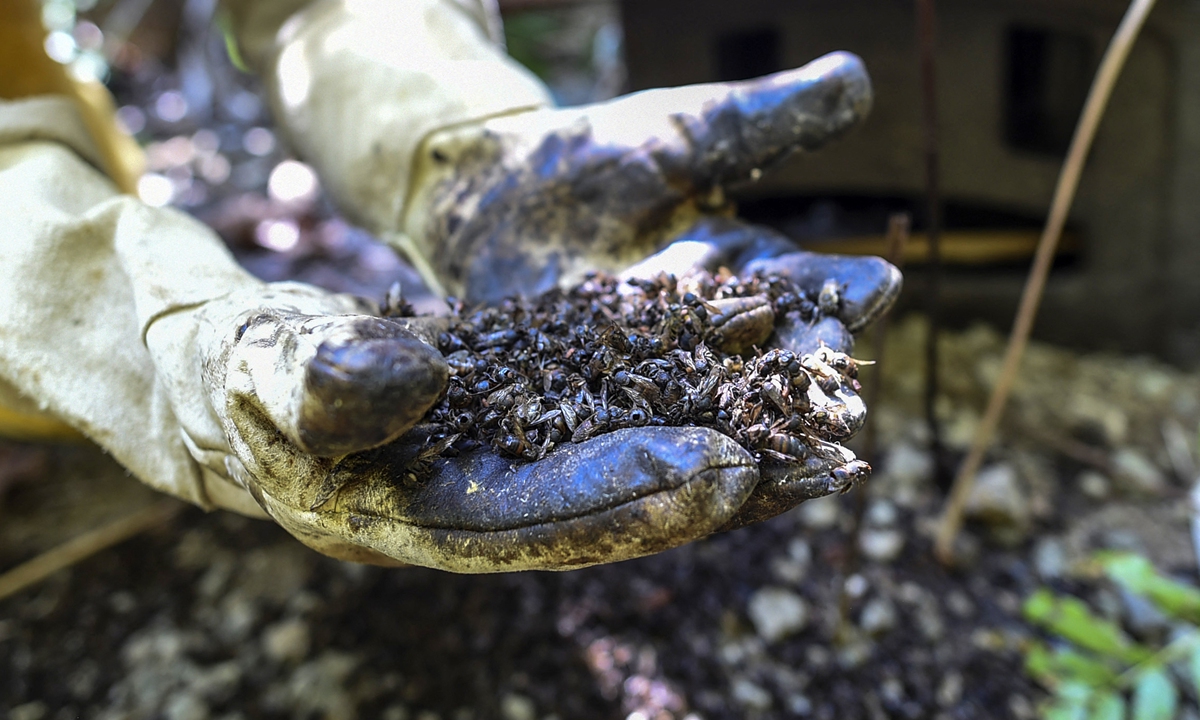A third of global farmland at 'high' pesticide pollution risk
Farmland at ‘high’ pesticide pollution risk
A third of the planet's agricultural land is at "high risk" of pesticide pollution from the lingering residue of chemical ingredients that can leach into water supplies and threaten biodiversity, according to research published on Monday.

Researchers in Australia modeled pollution risk across 168 countries with data on the usage of 92 active pesticide ingredients and found "widespread global pesticide pollution risk."
They highlighted several acutely vulnerable ecosystems, at the nexus of high pollution risk, high water scarcity and high biodiversity.
The study, published in Nature Geoscience, found that overall 64 percent of global agricultural land - approximately 24.5 million square kilometers - was at risk of pesticide pollution from more than one active ingredient, and 31 percent is at high risk.
"It is significant because the potential pollution is widespread and some regions at risk also bear high biodiversity and suffer from water scarcity," said lead author Fiona Tang, of the University of Sydney's School of Civil Engineering.

Beekeeper Gildardo Urrego shows poisoned bees at his apiary in Santa Fe de Antioquia, Antioquia department, Colombia, on January 31. Photo: VCG
The use of pesticides has soared globally as agricultural production has expanded, prompting growing fears over environmental damage and calls to cut hazardous chemical use.Researchers in Australia modeled pollution risk across 168 countries with data on the usage of 92 active pesticide ingredients and found "widespread global pesticide pollution risk."
They highlighted several acutely vulnerable ecosystems, at the nexus of high pollution risk, high water scarcity and high biodiversity.
The study, published in Nature Geoscience, found that overall 64 percent of global agricultural land - approximately 24.5 million square kilometers - was at risk of pesticide pollution from more than one active ingredient, and 31 percent is at high risk.
"It is significant because the potential pollution is widespread and some regions at risk also bear high biodiversity and suffer from water scarcity," said lead author Fiona Tang, of the University of Sydney's School of Civil Engineering.
